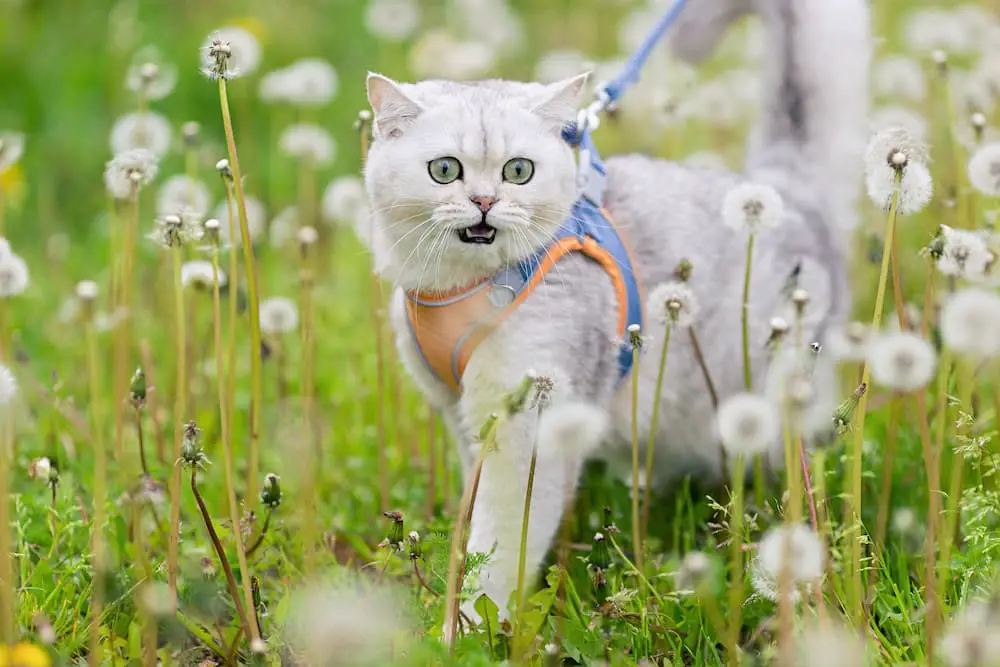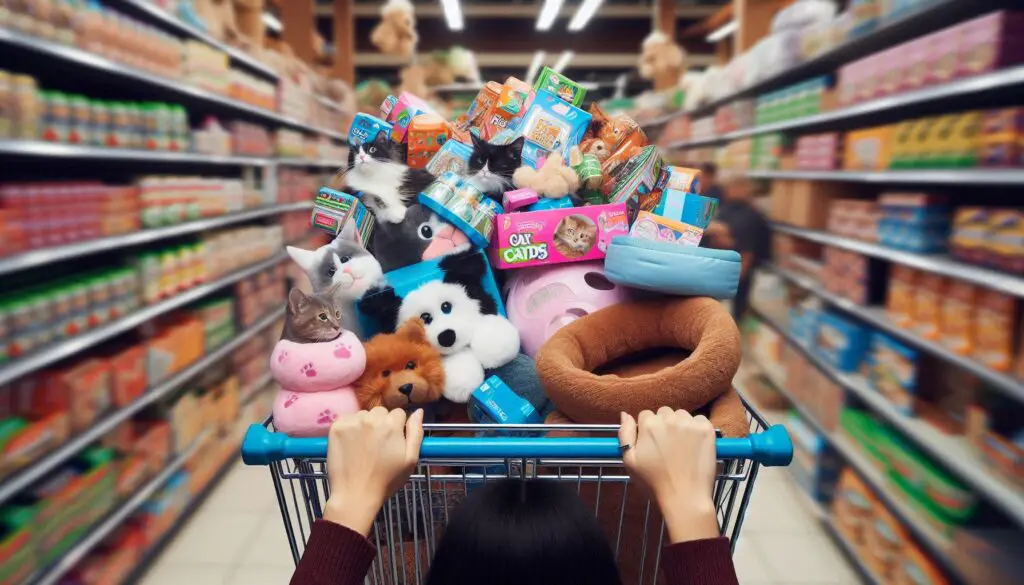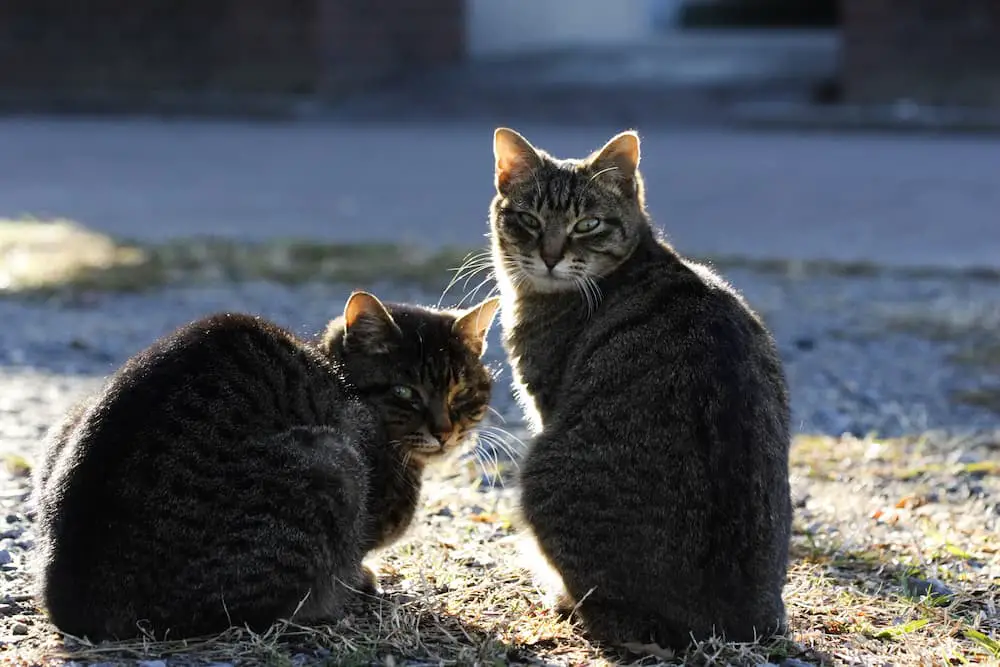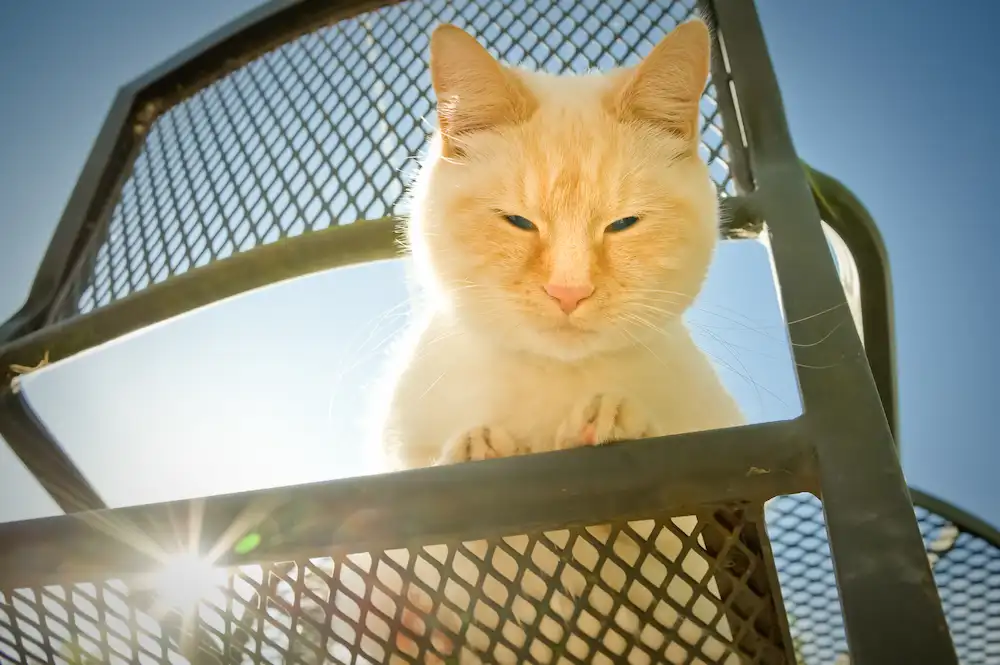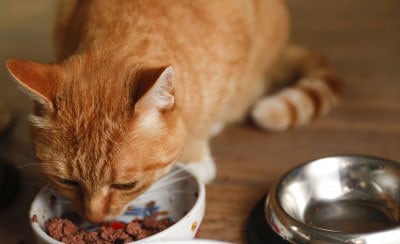 Feeding your cat proper nutrition is the cornerstone to raising an active healthy cat and for preventing illness. There are so many options in the marketplace when it comes to cat food, but which is actually the healthiest for your cat? Well, it turns out that dry food, although very popular, is not so healthy after all. One of the main reasons for the lower price is the higher levels of carbohydrates and plant sources of protein, both of which can be detrimental to your cat’s health as described below.
Feeding your cat proper nutrition is the cornerstone to raising an active healthy cat and for preventing illness. There are so many options in the marketplace when it comes to cat food, but which is actually the healthiest for your cat? Well, it turns out that dry food, although very popular, is not so healthy after all. One of the main reasons for the lower price is the higher levels of carbohydrates and plant sources of protein, both of which can be detrimental to your cat’s health as described below.
According to Lisa A. Pierson, of CatInfo.org:
The three key negative issues associated with dry food are:
1) water content is too low
2) carbohydrate load is too high
3) type of protein – too high in plant-based versus animal-based proteins
So let’s look deeper into each of these issues:
1) water content is too low.
A cat’s normal prey contains approximately 70-75 percent water. Dry foods only contain 7-10 percent water whereas canned foods contain approximately 78 percent water. So it seems that canned food is closer to what the cat would eat if catching it’s own food. Also, a cat has a very low thirst drive, so although he may drink water with his meals, it may not be enough to make up for the low water content of dry food, leading to dehydration. Kidney and bladder problems are quite common in cats and this can be largely caused by dehydration.
2) carbohydrate load is too high
Living in the wild, a cat’s natural diet consists of only about 1-2 percent carbohydrates, which next to nothing. Unfortunately for our feline friends, the average dry food contains as much as 35-50 percent carbohydrate calories, which is a far cry from what they would normally be eating. Cats also lack some of the necessary enzymes needed to metabolize carbohydrates. Basically, cats have no nutritional need for carbohydrates, so it is not a wise nutritional choice to feed them to your cat. It is important to note, however, that some canned food may also be higher in carbohydrates, so we recommend that you check your labels before giving anything to your fur baby.
3) type of protein – too high in plant-based versus animal-based proteins
Cats are carnivores, designed by Mother Nature to eat animal protein. They are not vegetarians! But sadly, many dried foods contain a large amount of their protein from plants. Animal protein is made up of complete amino acid profiles where plant proteins are not complete. Humans and dogs can take the pieces of the puzzle in the plant protein and, from those, make the missing pieces. Cats cannot do this.
We already discussed the risk for dehydration from dry food, but here are some additional, more common medical problems associated with dry food.
- Diabetes
- Kidney disease
- Cystitis/Urethral blockage/Urinary tract infection/Crystals
- Inflammatory Bowel Disease
- Hairballs
- Obesity
- Hepatic Lipidosis (fatty liver disease)
- Dental health
- Asthma
With many families on a tight budget these days it can be tempting to buy the lower priced dry food for your cat, but in the end, their health suffers and the increase in vet costs can certainly be higher than the original savings of the dry food.
Additionally, there are some that will argue that while canned cat food is certainly better than dry food, it does not even begin to compare to the safety and nutritional benefits found in a homemade or raw food diet. We’ll be investigating raw food diets soon and hope to bring you the scoop on which food really is the best for our furry friends.
In the meantime, we’d like to know, which food do you currently feed your kitties?

